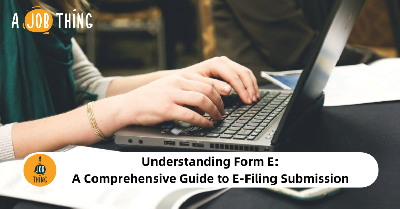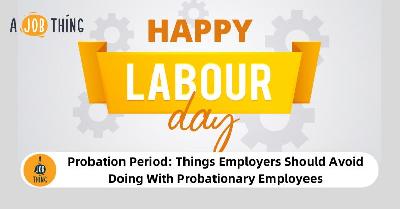
How to Address an Employee Taking Extensive Lunch Breaks
Create Job Description Using AI
Write appealing job descriptions for any job opening to attract the most qualifield and suitable candidates. FOR FREE.
try now
Although employees who take extensive lunch breaks can irritate supervisors, if problems are not resolved promptly, they can negatively impact company morale. Coworkers may regard these rule-breakers as operating above the law, which may effectively alienate both parties. According to the authors of "The One Minute Manager," Ken Blanchard and Spencer Johnson, an effective manager is interested in the offenders and the outcomes of remedial behaviour.
1.
Implement and demonstrate workplace standards. A crucial aspect of leadership is exhibiting appropriate, desired behaviour. Frequently, employees violate regulations because they are unaware of them, they view them as unimportant, or there is an unstated need or circumstance, workplace animosity, or job burnout.
2.
Provide a venue for candid, secure communication when introducing the topic. Be sincere in your desire to comprehend and resolve the problem. Observe body language and react accordingly.
3.
Clarify the significance of procedures during lunch breaks. Discuss the negative effects of extended lunch breaks on coworkers and the organisation. Also, express your appreciation for the employee's contribution and time.
4.
Ask pertinent questions to determine the source of the problem, especially if it is a new occurrence in the workplace. It is essential to comprehend the underlying problem to address it healthily. According to numerous studies, employees are frequently more motivated by a sense of worth than by monetary compensation.
5.
Discuss the employee's requirements for punctual lunch breaks. Ask concise, insightful questions.
6.
Cooperatively develop the solution by collaborating, and you can strengthen workplace relationships.
7.
Set appropriate objectives. It is essential to articulate and discuss these objectives. Refrain from assuming that the employee understands and has internalised the rules because this was covered in the employee handbook or during orientation.
8.
Provide praise when the lunch schedule is followed correctly. Be particular and timely. According to Blanchard and Johnson, important to effective recognition is discussing how this change in behaviour makes you feel.
9.
Reprimand the employee if no improvement is observed. Do so promptly and with specificity. This step may be carried out through a discussion, a verbal or written warning, or both.
10.
Include all corrective communications and their outcomes in the employee file.
Visit the HR Library to acquire all relevant HR resources.
Contact here for more information on hiring employees.





